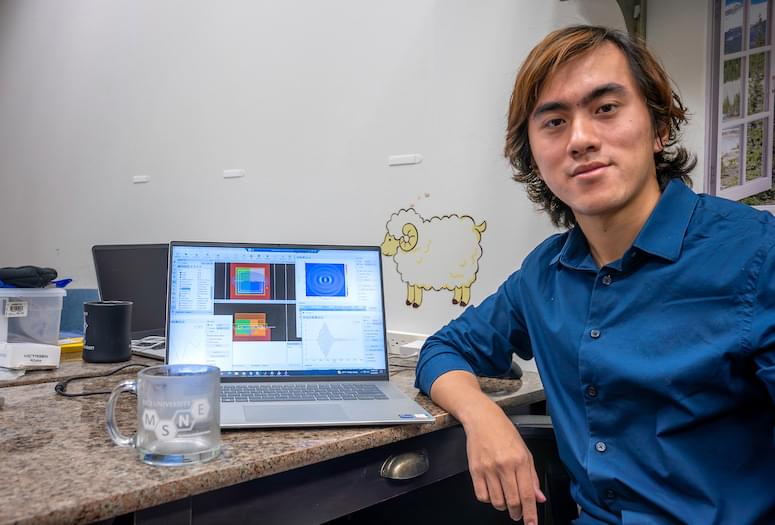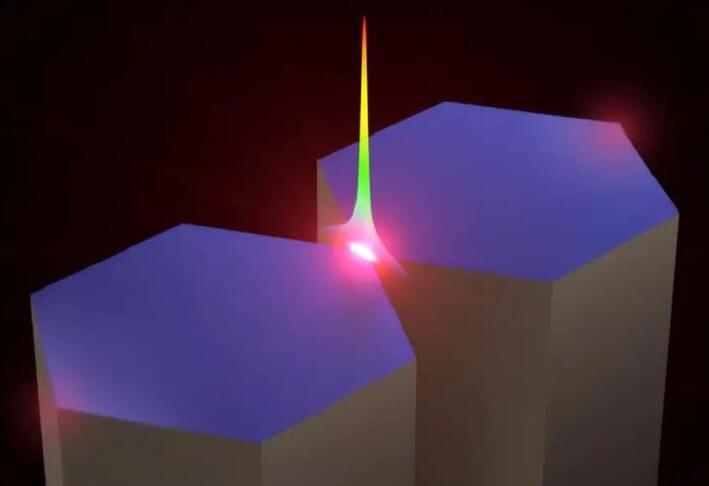“Let’s talk about the physics of dead grandmothers.” Thus does theoretical physicist Sabine Hossenfelder start off the Big Think video above, which soon gets into Einstein’s theory of special relativity. The question of how Hossenfelder manages to connect the former to the latter should raise in anyone curiosity enough to give these ten minutes a watch, but she also addresses a certain common category of misconception. It all began, she says, when a young man posed to her the following question: “A shaman told me that my grandmother is still alive because of quantum mechanics. Is this right?”
Upon reflection, Hossenfelder arrived at the conclusion that “it’s not entirely wrong.” For decades now, “quantum mechanics” has been hauled out over and over again to provide vague support to a range of beliefs all along the spectrum of plausibility. But in the dead-grandmother case, at least, it’s not the applicable area of physics. “It’s actually got something to do with Einstein’s theory of special relativity,” she says. With that particular achievement, Einstein changed the way we think about space and time, proving that “everything that you experience, everything that you see, you see as it was a tiny, little amount of time in the past. So how do you know that anything exists right now?”






